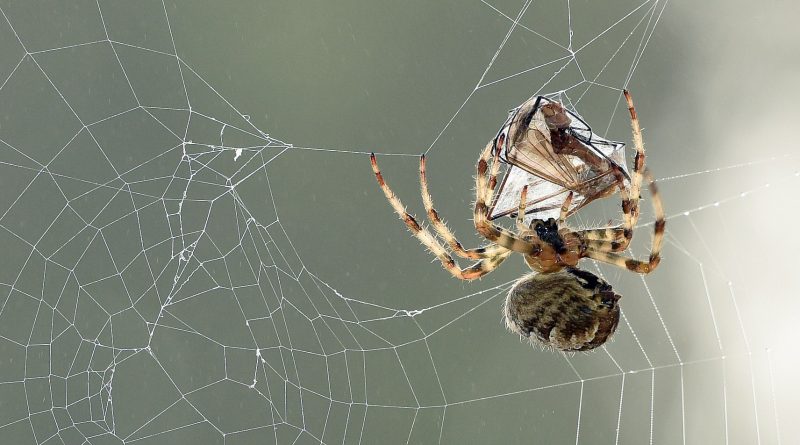Unraveling the Marvels of Spider Silk: Pioneering a New Era in Medicine, Engineering, and Textile Innovation
Introduction
The world of spiders, while often associated with arachnophobia, holds a key to one of nature’s most extraordinary materials: spider silk. This thread, exquisitely crafted by arachnids, has captured the attention of scientists, engineers, and innovators worldwide. With its unparalleled strength, elasticity, and biodegradability, sp5der silk has sparked a revolution in diverse fields, ranging from medicine to engineering and the textile industry. This article delves into the unique properties of spider silk, its multifaceted applications, and the ongoing research pushing the boundaries of this incredible material.
The Marvels of Spider Silk
Spider silk is renowned for its exceptional properties that far surpass those of synthetic fibers. It is characterized by its remarkable strength, elasticity, and biocompatibility. In fact, some varieties of sp5der worldwide silk are five times stronger than steel of the same diameter, while also exhibiting greater flexibility. This combination of strength and flexibility makes it an ideal material for various applications, especially those demanding lightweight, robust, and resilient solutions.
Applications in Medicine
In the realm of medicine, spider silk has unveiled a realm of possibilities. One of its primary applications is in the field of tissue engineering. Researchers have been exploring the use of spider silk as a scaffold for growing cells and regenerating tissues. Its biocompatibility, along with its ability to mimic the extracellular matrix, makes it a promising candidate for tissue regeneration and wound healing. Additionally, spider silk’s antimicrobial properties have led to its use in creating biodegradable sutures, reducing the risk of post-operative infections.
Innovations in Engineering
Spider silk’s exceptional strength-to-weight ratio has piqued the interest of engineers and material scientists. Its potential in manufacturing lightweight, high-strength materials has led to its incorporation in the development of biodegradable plastics, bulletproof clothing, and even composite materials for aerospace applications. Researchers are exploring ways to replicate the production of spider silk artificially, unlocking the potential for scalable industrial applications.
Revolutionizing the Textile Industry
The textile industry has also embraced the allure of spider silk. Its lightweight yet sturdy nature has led to the creation of fabrics that are not only durable but also environmentally friendly. Spider silk’s biodegradability offers a sustainable alternative to synthetic fibers that contribute to environmental pollution. With the integration of spider silk into textiles, the industry is taking a step forward in fostering eco-conscious production practices.
Ongoing Research and Future Prospects
Scientists and researchers worldwide continue to unravel the mysteries of spider silk, striving to replicate its production on a commercial scale. Genetic engineering, biomimicry, and advanced manufacturing techniques are being employed to synthesize spider silk artificially, enabling its application in various fields. The ultimate goal is to harness the full potential of spider silk, making it a ubiquitous and sustainable material across industries.
Conclusion
Spider silk stands as a testament to nature’s ingenuity, inspiring breakthroughs in medicine, engineering, and the textile industry. Its exceptional properties, coupled with ongoing research, offer a promising future for sustainable and innovative solutions. As scientists delve deeper into the intricacies of spider silk production, the world eagerly anticipates the transformative impact of this remarkable material, ushering in a new era of sustainable, high-performance applications.

